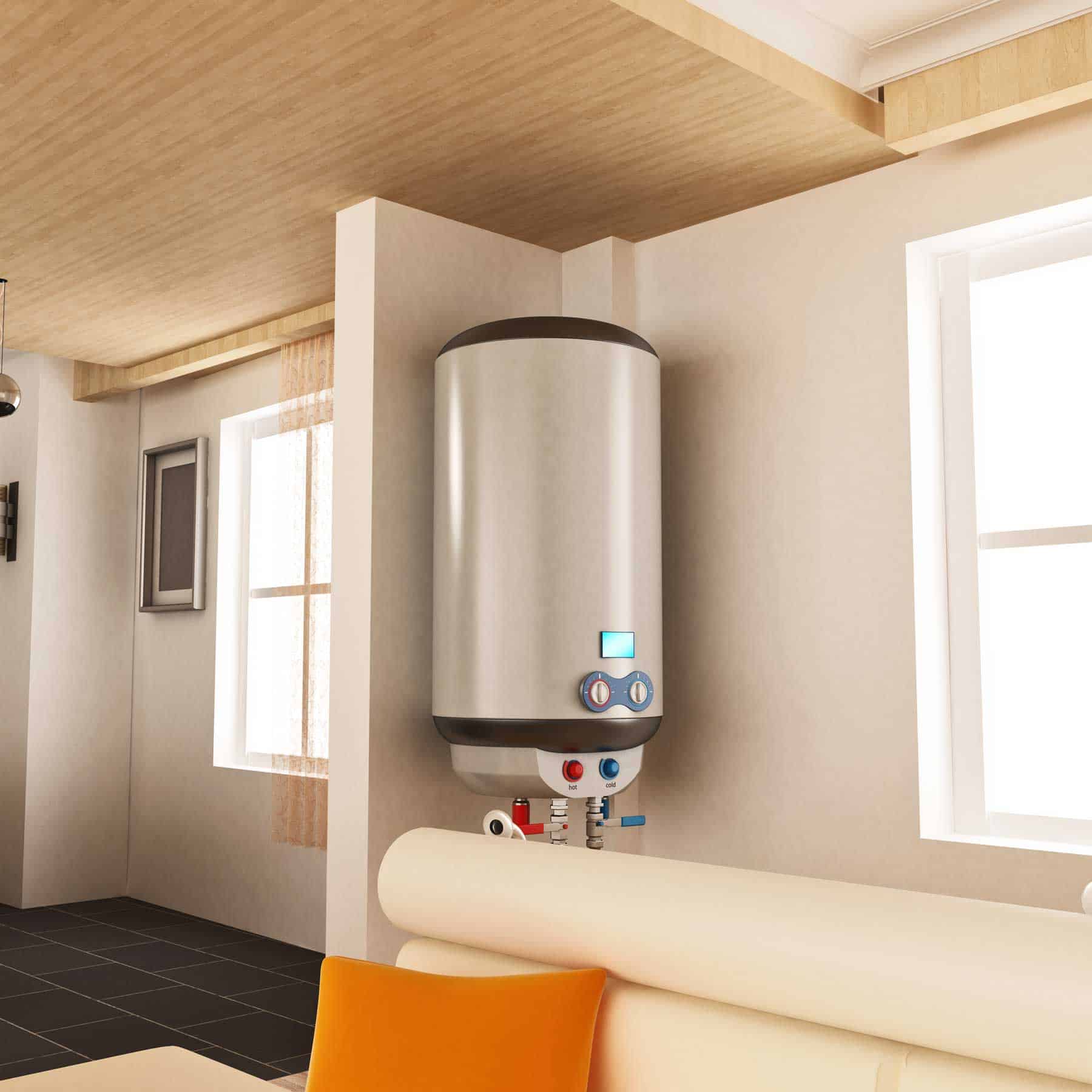Just how do you actually feel with regards to Tips For Maintaining Your Hot Water Heater?

Warm water is important for daily comfort, whether it's for a refreshing shower or cleaning meals. To ensure your warm water system runs effectively and lasts longer, normal maintenance is key. This post provides sensible suggestions and insights on just how to maintain your home's warm water system to prevent disruptions and pricey repair work.
Intro
Preserving your home's hot water system could seem overwhelming, however with a few easy actions, you can guarantee it operates smoothly for several years to find. This guide covers everything from recognizing your hot water system to DIY upkeep suggestions and knowing when to employ expert help.
Relevance of Preserving Your Hot Water System
Normal maintenance not just prolongs the lifespan of your warm water system however also guarantees it operates successfully. Ignoring maintenance can bring about reduced performance, greater energy expenses, and also early failure of the system.
Indicators Your Hot Water System Requirements Upkeep
Knowing when your hot water system requires attention can stop significant issues. Watch out for indicators such as inconsistent water temperature, weird noises from the heating unit, or rusty water.
Recognizing Your Hot Water System
Prior to diving into upkeep tasks, it's valuable to recognize the basic parts of your hot water system. Normally, this includes the hot water heater itself, pipelines, anode rods, and temperature level controls.
Monthly Upkeep Tasks
Routine month-to-month checks can help catch minor problems prior to they intensify.
Purging the Hot Water Heater
Flushing your hot water heater removes sediment buildup, enhancing performance and lengthening its life.
Monitoring and Replacing Anode Rods
Anode rods avoid rust inside the storage tank. Evaluating and changing them when worn out is crucial.
Examining and Changing Temperature Level Setups
Readjusting the temperature level setups makes certain optimum efficiency and safety and security.
Do It Yourself Tips for Upkeep
You can execute numerous upkeep jobs on your own to maintain your warm water system in leading problem.
Looking for Leakages
Consistently inspect pipes and links for leakages, as these can bring about water damages and greater costs.
Examining Stress Alleviation Valves
Checking the stress relief valve ensures it operates appropriately and stops extreme stress accumulation.
Protecting Pipes
Insulating hot water pipelines lowers warmth loss and can conserve energy.
When to Call an Expert
While DIY maintenance is beneficial, some concerns call for expert know-how.
Complicated Problems Calling For Specialist Assistance
Examples include significant leakages, electrical problems, or if your water heater is continually underperforming.
Regular Expert Maintenance Conveniences
Specialist maintenance can include thorough examinations, tune-ups, and making sure compliance with safety and security requirements.
Verdict
Routine maintenance of your home's warm water system is essential for performance, longevity, and price savings. By adhering to these pointers and understanding when to look for expert aid, you can guarantee a trusted supply of hot water without unanticipated disruptions.
How to Maintain an Instant Hot Water Heater
Before tinkering with your hot water heater, make sure that it’s not powered on. You also have to turn off the main circuit breaker and shut off the main gas line to prevent accidents. Also turn off the water valves connected to your unit to prevent water from flowing into and out of the appliance. 2. When you’re done, you have to detach the purge valves’ caps. These look like the letter “T†and are situated on either side of the water valves. Doing so will release any pressure that has accumulated inside the valves while at the same time avoid hot water from shooting out and burning your skin. 3. When the purge valves’ caps are removed, you have to connect your hosing lines to the valves. Your unit should have come with three hoses but if it didn’t, you can purchase these things from any hardware or home repair shops. You can also get them from retail stores that sell water heating systems. Read the user’s manual and follow it to complete this task properly. When the hosing lines are connected, open the purge port’s valves. 4. You should never use harsh chemical cleaners or solutions when cleaning your unit. Make use of white vinegar instead. It should be undiluted and you’ll probably use about 2 gallons. 5. Now flush your water heater. This task should probably take about 40 minutes. We can’t give you specific directions for this because the procedure is carried out depending on the type, model and brand of your heater. With that being said, refer to the user’s manual. 6. When you’re done draining the unit, you have to turn off the purge port valves again. Remove the hosing lines that you earlier installed on each of the water valves. Put the valve caps (purge port) back in their respective places and be very careful so as not to damage the rubber discs that are found inside these caps. 7. Now that everything’s back in place, check your user’s manual again to find out how to reactivate your water heating system. 8. Once it is working, turn one of your hot water faucets on just to let air pass through the heater’s water supply pipes. Leave the tap on until water flows smoothly out of it. https://www.orrplumbing.com/blog/2014/september/how-to-maintain-an-instant-hot-water-heater/

I found that entry on Tips For Maintaining Your Hot Water Heater when doing a search on the internet. Sharing is good. Helping others is fun. We appreciate reading our article about How to Maintain Your Water Heater & Prolong its Life.
Schedule Today